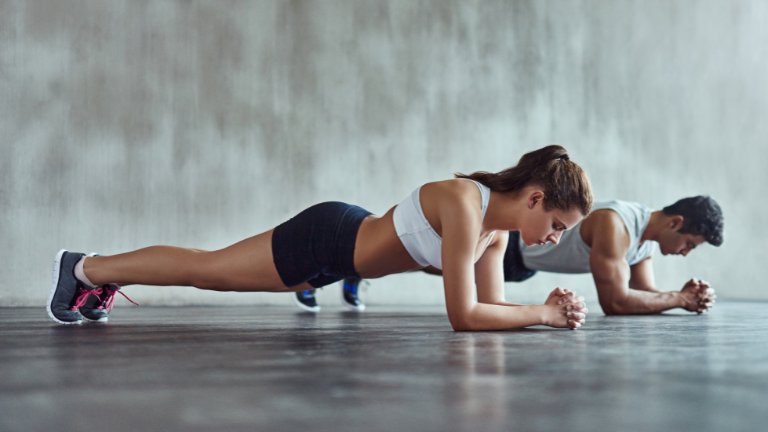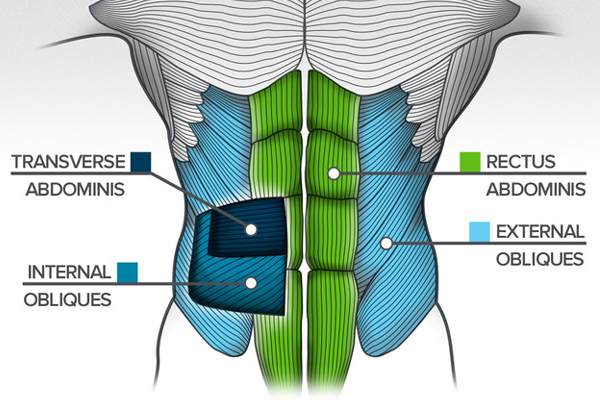
Getting down to the core with Pilates
Core exercises are those which target the muscles in the abdomen, lower back, and pelvis. These muscles form the foundation of the body and play a vital role in maintaining good posture, balance, and stability. Strengthening the core muscles can have numerous benefits, both for physical health and athletic performance.

One benefit of core exercises is improved posture. Strong core muscles help to support the spine and maintain good posture, which can reduce the risk of back pain and improve the overall appearance. In a study published in the Journal of Orthopaedic & Sports Physical Therapy, researchers found that core stabilisation exercises significantly improved posture and reduced back pain in individuals with chronic lower back pain.
Another benefit of core exercises is improved balance and stability. The core muscles help to stabilize the body during movement, particularly when performing activities that require balance, such as sports or exercises like yoga or Pilates. A study published in the Journal of Strength and Conditioning Research found that core training improved balance and stability in young athletes.
In addition to improving balance and stability, core exercises can also enhance athletic performance. The core muscles are involved in many movements, including throwing, hitting, and kicking. A strong core can help to generate more power and speed in these movements. A study published in the Journal of Strength and Conditioning Research found that core training improved throwing velocity and batting power in baseball players.
It’s not just the physical benefits, core exercises can also have psychological benefits. Strong core muscles can help to increase self-confidence and body awareness, which can improve the overall quality of life.
Overall, there are numerous benefits to including core exercises in a fitness routine. We are firm believers that Pilates is one of the best ways to strengthen your core, through the use of controlled, precise movements that engage the deep stabilising muscles of the trunk. Pilates exercises often require maintaining proper alignment and balance while moving, which helps to activate and strengthen the core muscles.
Pilates uses principles of breathing and concentration to engage the core muscles. Deep abdominal breathing is emphasised in Pilates, and this helps to engage the transverse abdominal muscles, which are a key part of the core.
In addition to strengthening the core muscles, Pilates also focuses on improving the flexibility and mobility of the spine. This can help to improve posture and reduce the risk of back pain.
Pilates is a highly effective form of exercise for strengthening the core muscles and improving overall physical fitness. It is suitable for people of all fitness levels and can be modified to meet individual needs and goals. If you’d like help to strengthen your core, get in touch – we’d love to see you in the studio for our small group or private classes.
Other Relevant Articles:
Do you struggle with poor posture? – a series of exercises to help you stand taller.
References:
- Lee, J., & Kim, S. (2010). The effects of core stabilization exercises on posture and low back pain in patients with chronic low back pain. Journal of Orthopaedic & Sports Physical Therapy, 40(5), 277-283.
- McAllister, M. J., Hammond, K. G., Schilling, B. K., & Reed, J. P. (2014). The effects of core stability training on balance and stability in healthy young athletes. Journal of Strength and Conditioning Research, 28(7), 1817-1825.
- Cronin, J., & Hansen, K. (2006). Core stability training in sport. Strength and Conditioning Journal, 28(6), 76-82.
- Comyns, T. M., & Herman, D. (2014). The effects of core training on batting power and throwing velocity in baseball players. Journal of Strength and Conditioning Research, 28(3), 762-768.



Sorry, the comment form is closed at this time.